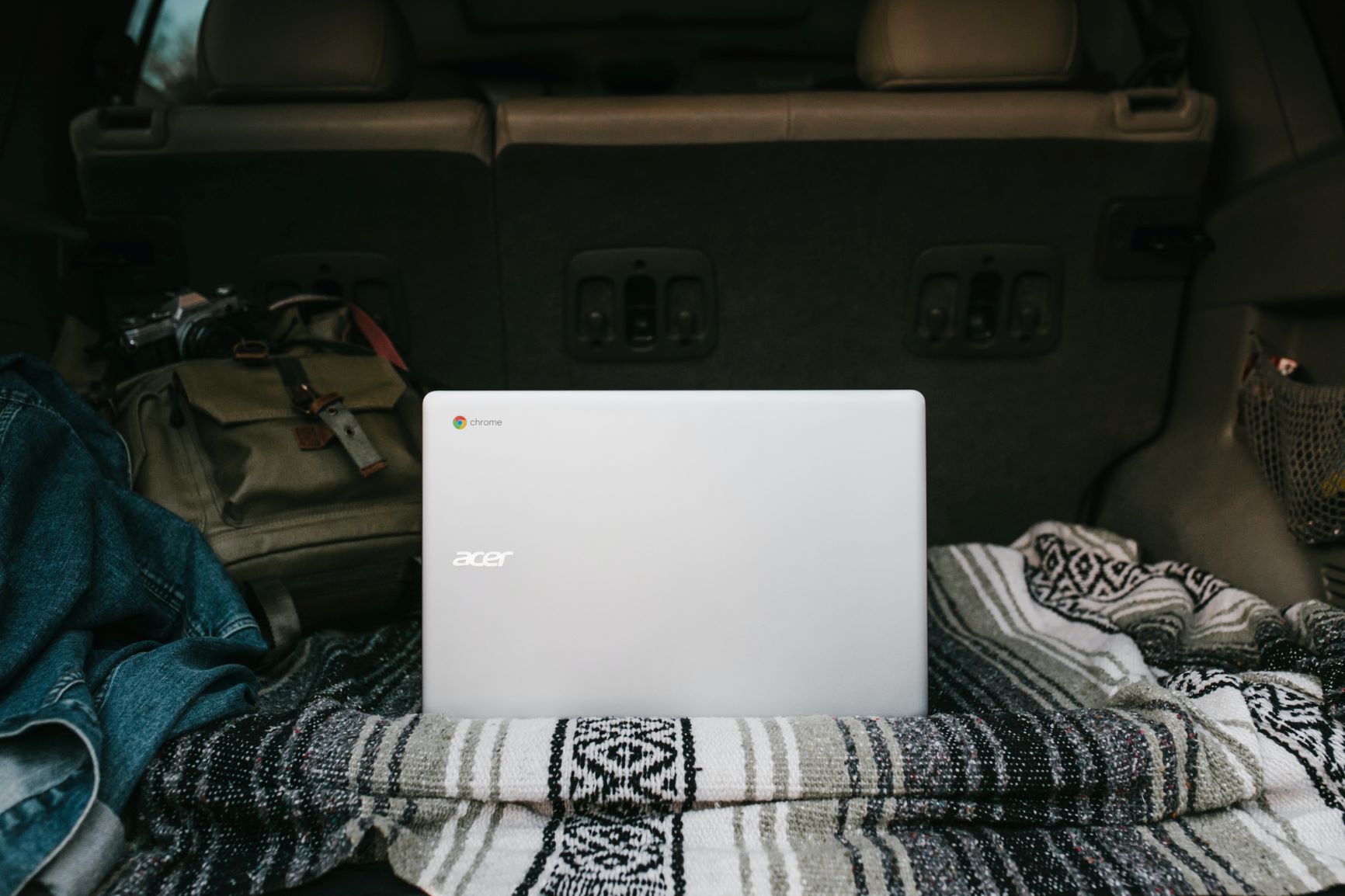
Research conducted by IoT solutions provider Metova shows a clear boost in productivity of workers at home.
The survey, released April 29, found that out of over 1000 people working from home, 48 percent say they are more productive working and 57 percent would prefer to work remotely in the future.
For those who have the privilege to put in the hours during lockdown, these numbers may prove encouraging for employers, particularly as a report released earlier this month by Harvard Business School suggested that social distancing could last up to 2022 in the US.
Read This! Working on Viruses from Home owing to Coronavirus? Here’s a Handy Remote Forensics Tool
However, there are some worries about the security of a work-from-home model. Thirty-seven percent of home-workers have already encountered possible security issues, and 18 percent claim that their employer does not have clear remote-working security guidelines, says Metova.
A survey by the business conferencing app BlueJeans, released on April 15, has stated that 40.1 percent of their 274 respondents felt more productive when working at home, to the point where they claimed they were putting in an additional three to four hours of work per day.
If these figures are correct, and employees could contribute for another eight hours over a four-day period, the pandemic may herald the beginnings of the coveted yet illusive four-day-week, at least for some.
What Does this Mean for the Future?
As SSE Energy Services’s CIO Philip Clayson told Computer Business Review during our Virtual CIO Symposium: “When you’ve got teams of people [who were previously] travelling for hours to one site to work, their productivity has gone through the roof now they’re at home”.
Clayson went on to describe the success of SSE’s work from home model, in the context of COVID-19:
“We have had to move at an incredible pace, to make changes to enable customers to be better served, and to enable our IT teams to work from home around the world. That has probably laid foundations that we will try very hard not to reverse. The productivity in the teams that I work in so far has skyrocketed.
“The ability of our teams to solve these problems day in day out, if we can sustain that I think our velocity as a business, and our productivity as a result, could be phenomenal going forward”.
However, there is some speculation that while extra productivity can be useful for businesses, it may not be healthy for the employees’ work/life balance. A survey released on April 28, carried out by IrishJobs.ie has reported that 44% of those currently working from home find that they are working longer hours, and of those workers, 21 percent say they cannot switch off from work and 11 percent claim to have a heavier workload than usual.
There Needs to be a “Happy Medium”
Chief Digital and Information Officer at BEIS Karl Hoods unpacked some of these issues with Computer Business Review:
“How do we take out the good things from this, but also recognise things that haven’t worked so well? If you take the two extremes, we’ve had the previous way we all worked, to the other extreme overnight. There needs to be a happy medium. I guess we are trying to establish what works well.
“Somebody once told me a theory that it takes 66 days to make a new habit. So we’re looking at which habits we want to get people doing while we’re in this situation, and then how we can build from there”.
The great unknown remains: how many companies will want staff to return to offices (there are potentially huge savings to be made by reducing real estate overheads) and how many employees will feel comfortable doing so until there is robust evidence that the virus is snuffed out.






